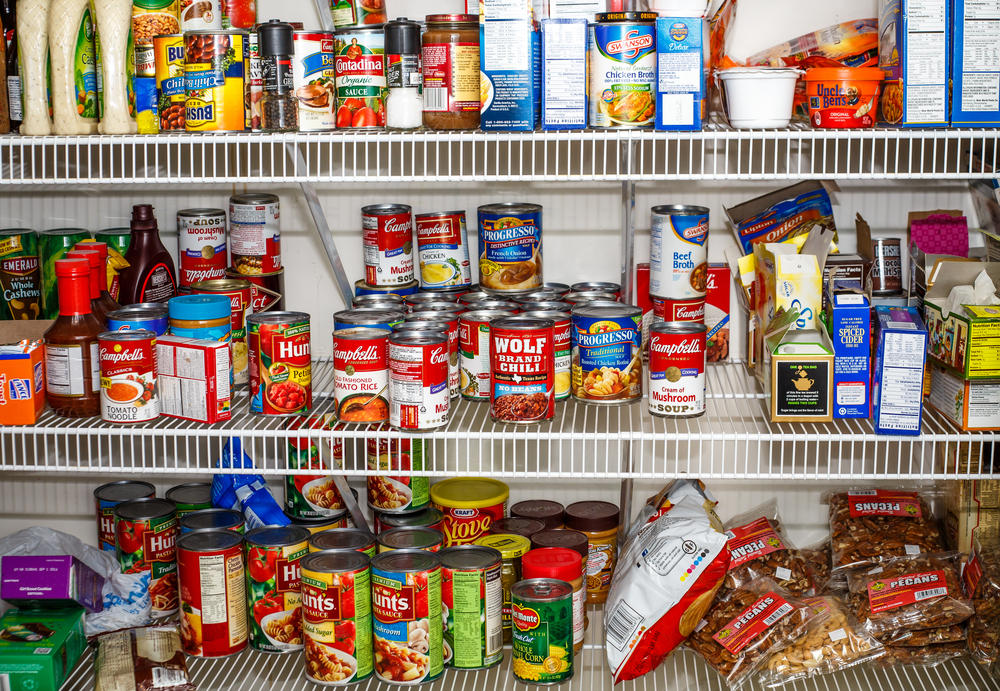We’ve all been there—standing with the refrigerator door open, torn between tossing out that tub of yogurt that’s a few days past its “expiration” date or taking a chance and just eating it. Food labels can be confusing, and let’s face it, they’re not always accurate indicators of whether something is safe to eat. The truth is, many of these dates are more about quality than safety, and knowing the difference can save you money, time, and unnecessary waste. Here are 14 food items where the expiration date is more of a suggestion than a rule.
1. Eggs

Eggs are one of those staple foods where the expiration date isn’t set in stone. The “sell by” date is primarily for store inventory purposes, and eggs stored in your refrigerator can last three to five weeks beyond this date. According to the USDA, eggs are often still good weeks after their expiration date if stored properly in a consistent, cold environment. You can always perform the water test: submerge an egg in water, and if it sinks, it’s still good; if it floats, it’s time to toss it.
When it comes to eggs, freshness can influence their culinary performance, but not necessarily their safety. Fresher eggs are better for poaching, while older ones are easier to peel after boiling. If you find your eggs are past the date stamped on the carton, don’t rush to throw them out. Instead, rely on your senses and the float test to determine their usability.
2. Canned Goods
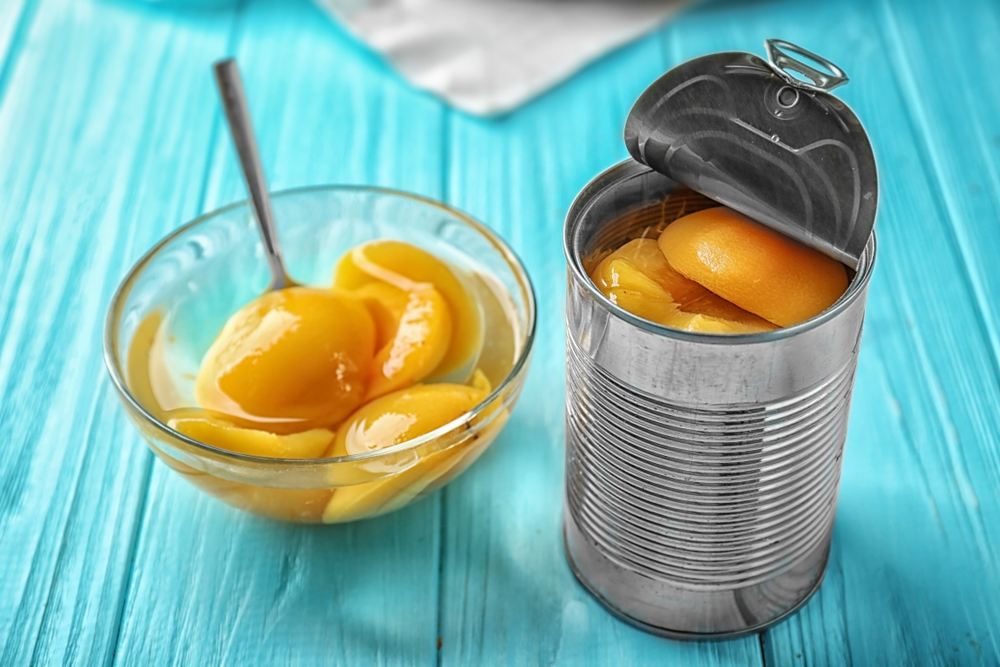
Canned goods are the champions of longevity in the pantry world. These items can last months, even years, beyond the printed date, thanks to the airtight sealing process. As long as the can isn’t dented, rusted, or leaking, the contents are likely safe. The quality of the food may decline over time, but it won’t be harmful if eaten after the expiration date.
The appeal of canned goods isn’t just in their extended shelf life; it’s also in their convenience. They hold up well through natural disasters or unexpected pantry shortages. You can rely on canned goods to provide essential nutrients even when fresh foods aren’t available. Just remember to store them in a cool, dry place to maintain quality as long as possible.
3. Hard Cheeses
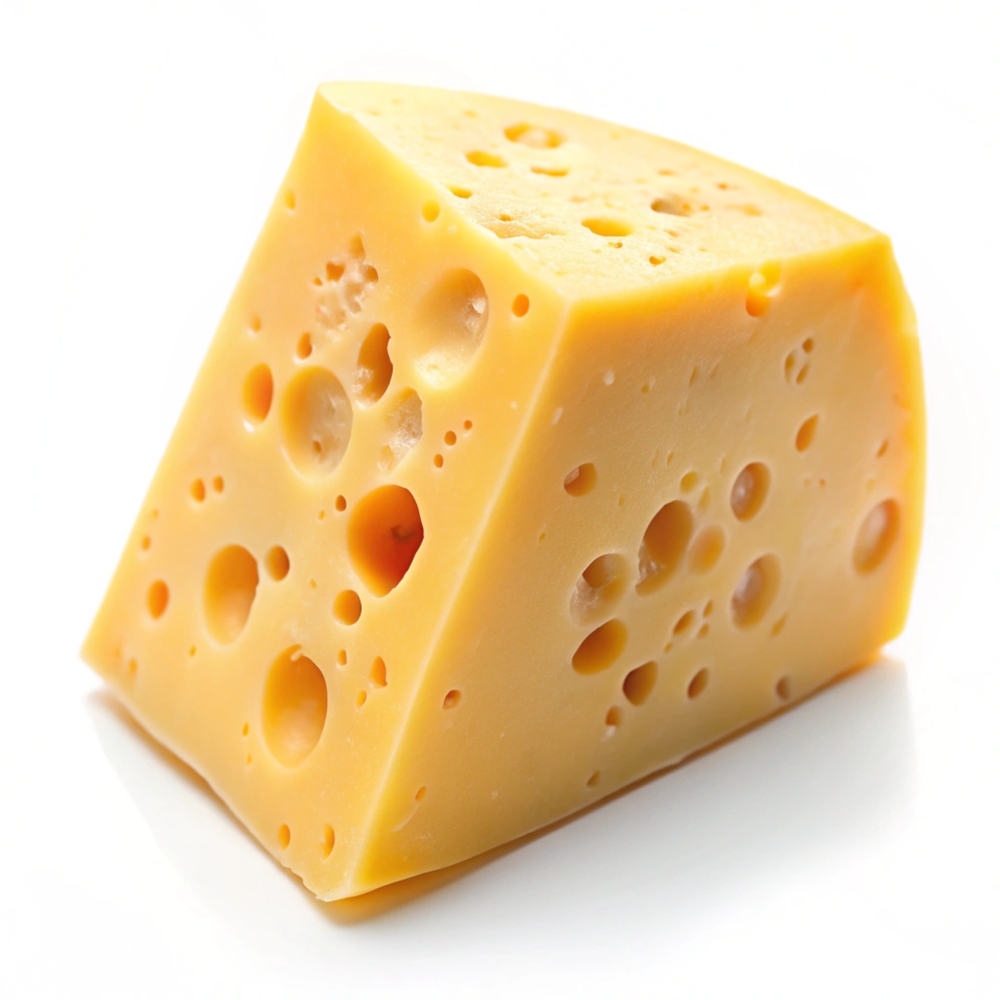
Hard cheeses like cheddar, parmesan, and Swiss can still be safe to eat long after their expiration dates. According to Dr. Benjamin Chapman, a food safety specialist at North Carolina State University, hard cheeses can be consumed even if they develop a small amount of mold; simply cut around the moldy section and enjoy the rest. Their low moisture content and dense texture act as a natural barrier against harmful bacteria.
Not only do hard cheeses last longer, but their flavors also enhance over time. In fact, some people prefer the taste of aged cheese well beyond its prime date. You’ll often find that cheeses stored properly, wrapped in wax or parchment paper, can develop more depth and complexity as the weeks go by. The key is proper storage and a quick trim of any problem spots.
4. Bread
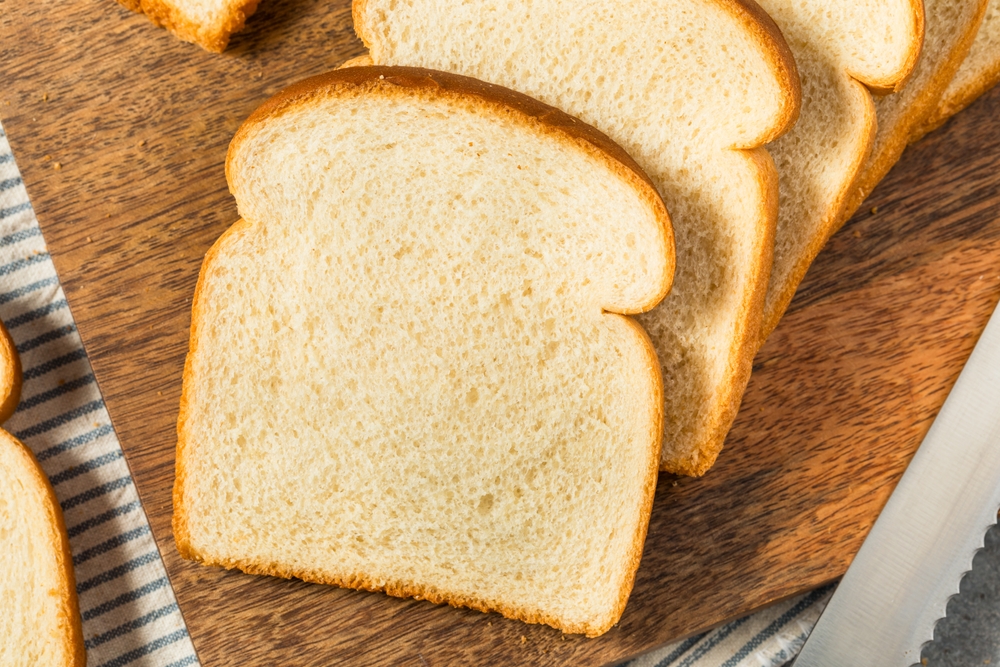
Bread is notorious for going stale, but stale doesn’t equate to inedible. Bread past its “best by” date can still be used for a variety of culinary purposes, such as croutons, bread pudding, or breadcrumbs. If mold starts to appear, it’s a different story, and you should discard the loaf. Otherwise, a stale loaf can still have a purpose in your kitchen.
Storing bread in the freezer can extend its shelf life indefinitely. When you’re ready to use it, simply defrost at room temperature or pop slices in the toaster. Freezing bread shortly after buying it ensures that you’ll have fresh-tasting slices ready whenever you need them. So, before you consider tossing that loaf, think about its potential reincarnation.
5. Dry Pasta
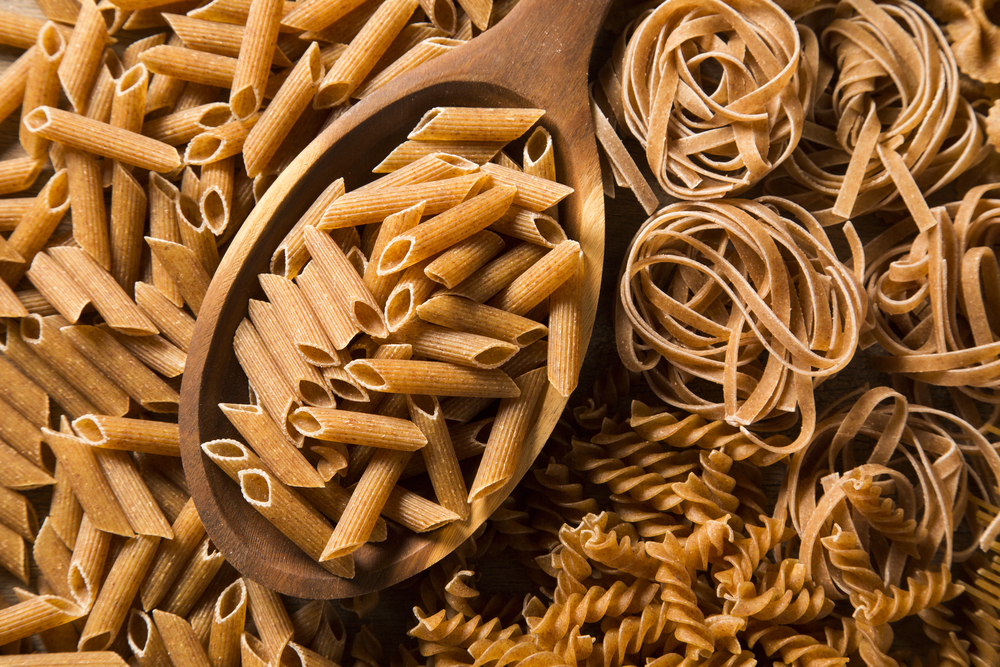
Dry pasta is one of those pantry staples that remain edible long after their expiration date. According to a study by the National Pasta Association, dry pasta can remain safe and tasty for years if kept in a cool, dry environment. The real expiration enemy here is moisture, which can lead to mold and spoilage. As long as your pasta hasn’t been exposed to water, it’s generally good to go.
Beyond its longevity, dry pasta is incredibly versatile and can serve as the base for numerous dishes. This means it’s not only safe to eat after its date, but also incredibly useful. Just like canned goods, it’s wise to keep a stash of dry pasta on hand for quick, satisfying meals. Remember, if you notice any odd smells or unusual textures, it’s best to err on the side of caution.
6. Yogurt
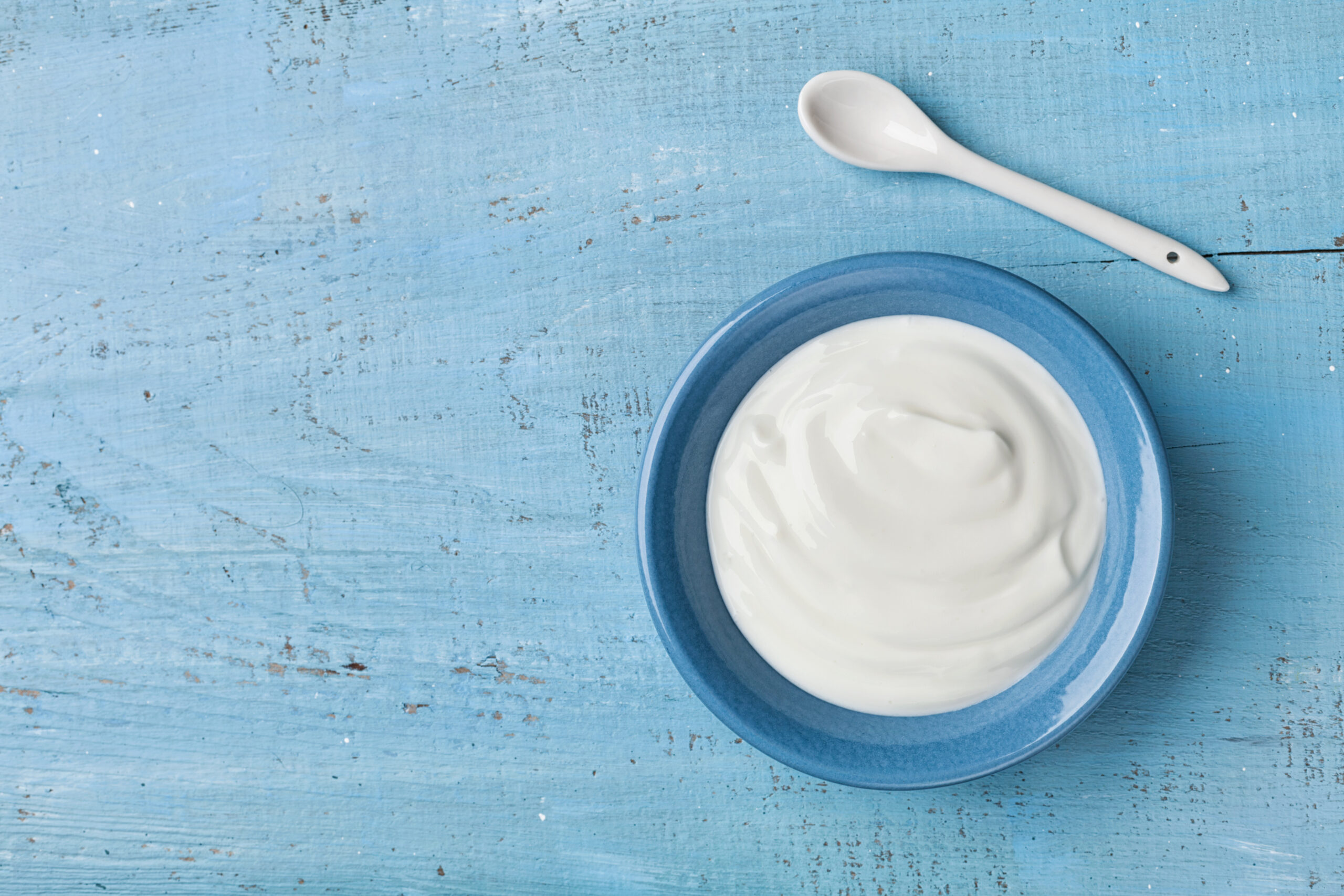
Yogurt often has a “sell by” date that doesn’t accurately reflect its safety. It can last one to three weeks beyond this date if stored properly in the refrigerator. The presence of live cultures acts as a natural preservative, keeping harmful bacteria at bay. A quick sniff or taste test can usually help you determine its freshness.
Beyond its practicality, yogurt can be a wonderful ingredient in cooking and baking. It can add creaminess to sauces and dressings or serve as a tangy base for marinades. Even if it’s past its prime date, it may still have culinary merits. Check for off-smells or mold as indicators of whether it’s time to throw it out.
7. Honey
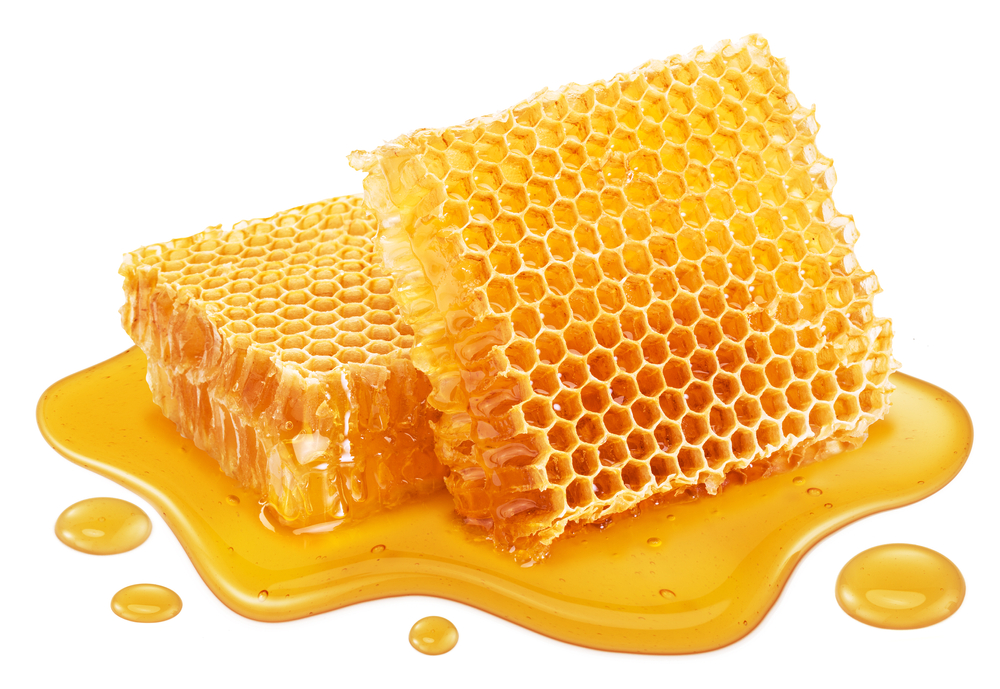
Honey is one of those rare foods that doesn’t spoil. It’s often labeled with an expiration date for legal reasons, but the truth is, honey can last indefinitely. A study conducted by the National Honey Board found that as long as it’s stored in a sealed container, honey remains safe to eat forever. Crystallization may occur over time, but this doesn’t affect its quality or safety.
If you find your honey has crystallized, don’t fret; it’s easily remedied. Simply place the jar in warm water and stir until the crystals dissolve. This natural sweetener is not only long-lasting but also versatile, perfect for sweetening teas or as a topping for toast. Its eternal shelf life is a testament to nature’s perfect preservation.
8. Chocolate
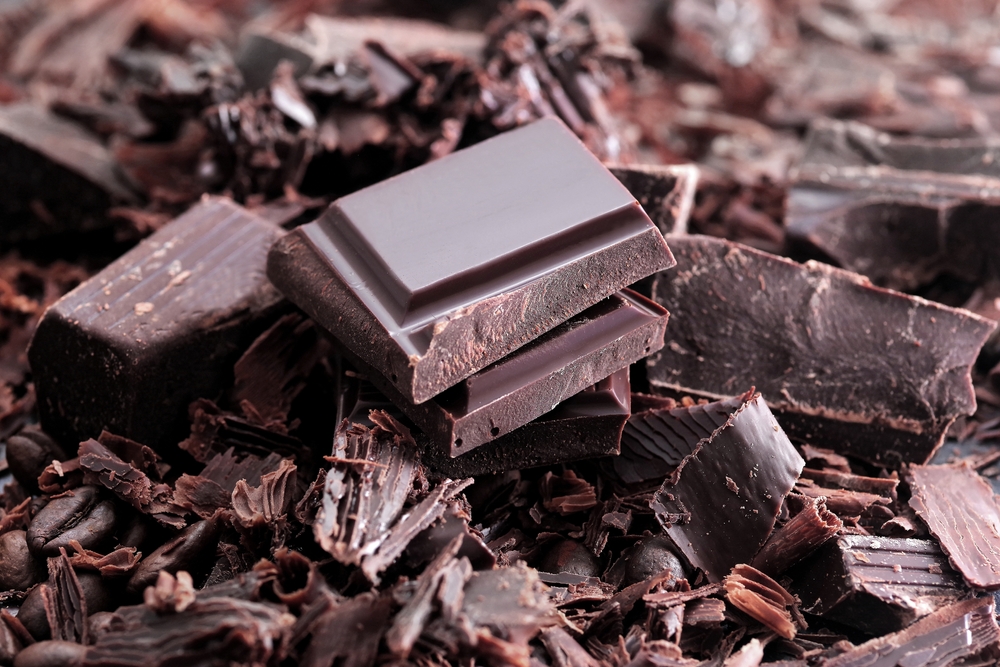
Chocolate lovers, take note: that white film on your chocolate bar isn’t mold. It’s called “bloom,” and it forms when the sugar or fat in the chocolate separates due to temperature changes. While it may affect the texture, it doesn’t mean the chocolate is spoiled. You can safely eat it past its expiration date, though it might not be as smooth or creamy as before.
Storing chocolate in a cool, consistent environment can prevent blooming and extend its life. If you’re a true connoisseur, you might notice a slight flavor change over time, but most people won’t. The key is to keep your chocolate away from heat and light, which can accelerate changes in quality. Enjoy it slowly, guilt-free, long past its “best by” date.
9. Condiments

Condiments like ketchup, mustard, and soy sauce are often safe to consume long after their printed dates. These products are high in vinegar, salt, or sugar, all of which act as preservatives. As long as they’re stored properly, you can expect them to last months beyond their expiration dates. Just give them a shake to recombine any separated ingredients.
The versatility of condiments makes them invaluable in cooking and meal prep. They can transform a bland dish into something exciting and flavorful. Their long shelf life allows you to keep a variety of flavors on hand without worrying about spoilage. A quick smell or taste test will tell you if a condiment has turned, but more often than not, they’re perfectly fine.
10. Pickles
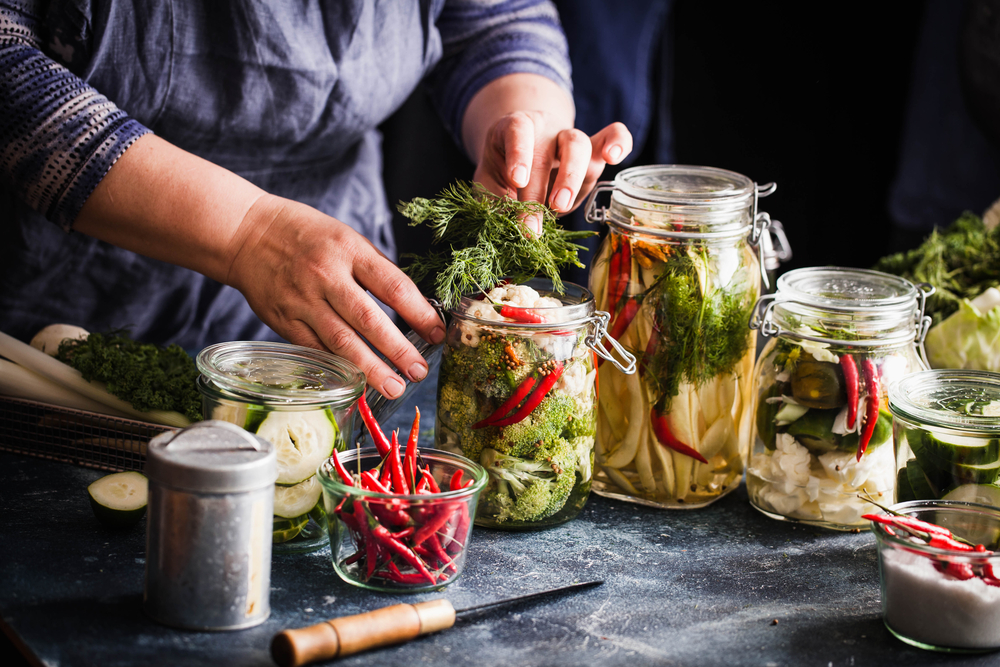
Pickles are another example of a food with a surprisingly long shelf life. The vinegar and salt in the brine act as preservatives, keeping the pickles edible well past their expiration date. As long as the pickles are submerged in brine and the jar is sealed, they’re safe to eat. Over time, they may lose some crispness, but the taste will remain largely unchanged.
The beauty of pickles lies in their ability to add a tangy crunch to meals that need a little something extra. They’re a fantastic addition to sandwiches, salads, or charcuterie boards. You can also use leftover pickle juice for marinades or salad dressings. A jar of pickles in the fridge is a versatile resource that complements a wide variety of dishes.
11. Vinegar

Vinegar is another kitchen staple that practically never expires. Its high acidity makes it inhospitable to bacteria, ensuring it remains safe indefinitely. While the flavor may mellow over time, it won’t spoil. Vinegar’s long shelf life makes it a reliable pantry item for cooking and cleaning.
White vinegar, apple cider vinegar, and balsamic vinegar all share this remarkable longevity. They can be used in cooking, as a natural cleaning agent, or even as a hair rinse. Having a variety of vinegars on hand ensures you’ll always have the right flavor profile for a dish. Their durability means you can buy in bulk without worrying about waste.
12. Rice

Uncooked rice is another long-lasting pantry staple, especially if stored properly. White, wild, jasmine, and basmati rice can stay edible for years when kept in a cool, dry place. Brown rice, however, has a shorter shelf life due to its higher oil content. As long as your rice is free from insects and moisture, it’s likely safe to consume.
Rice’s versatility makes it a fundamental ingredient in many global cuisines. From stir-fries to risottos, it offers a satisfying base for countless recipes. Buying rice in bulk is both economical and practical, as it rarely goes bad. Just be sure to store it in airtight containers to maximize its longevity.
13. Sugar
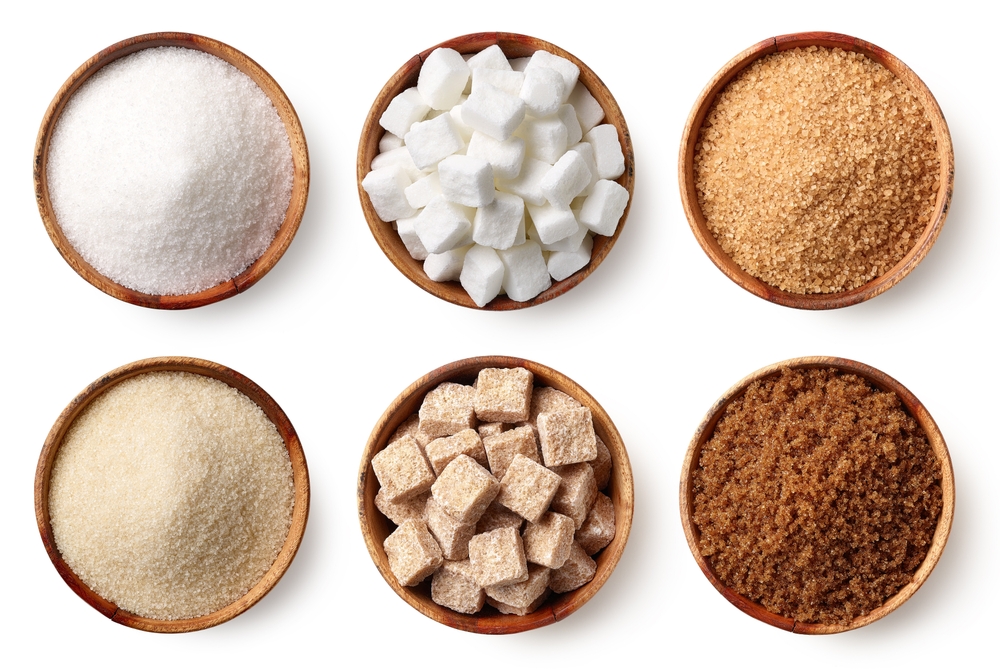
Sugar is another sweet staple with an almost indefinite shelf life. Its low moisture content makes it resistant to bacterial growth, allowing it to last for years. As long as it’s stored in a dry environment, sugar will remain safe to use. Any clumping can be easily resolved by breaking up the lumps, leaving the sugar as good as new.
Beyond its sweetening capabilities, sugar plays an important role in the structure and texture of baked goods. Its long shelf life means you can always have some on hand for cookies, cakes, or even savory dishes needing a hint of sweetness. Storing sugar in an airtight container keeps it free from contaminants and odors. Enjoy the peace of mind knowing it’s one less item you’ll need to frequently replace.
14. Oats
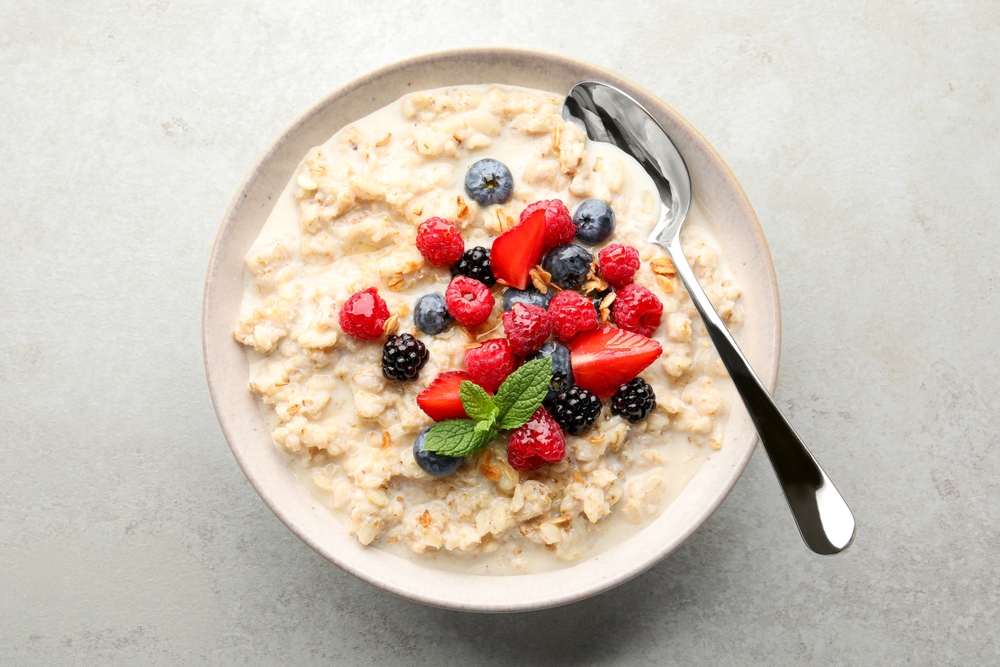
Oats are a nutritious, long-lasting staple that can outlast their expiration date when stored correctly. Kept in a cool, dry place, oats remain safe and tasty for months, if not years. They’re versatile and can be used in oatmeal, cookies, or even as a thickener in soups. As with other dry goods, just be sure to watch for any signs of moisture or pests.
Beyond breakfast, oats offer a wealth of culinary possibilities. They can be blended into smoothies, added to yogurt, or used to make homemade granola. Their health benefits make them a popular choice for those looking to increase fiber intake. With proper storage, oats can be a staple in your pantry long past the date on the package.


